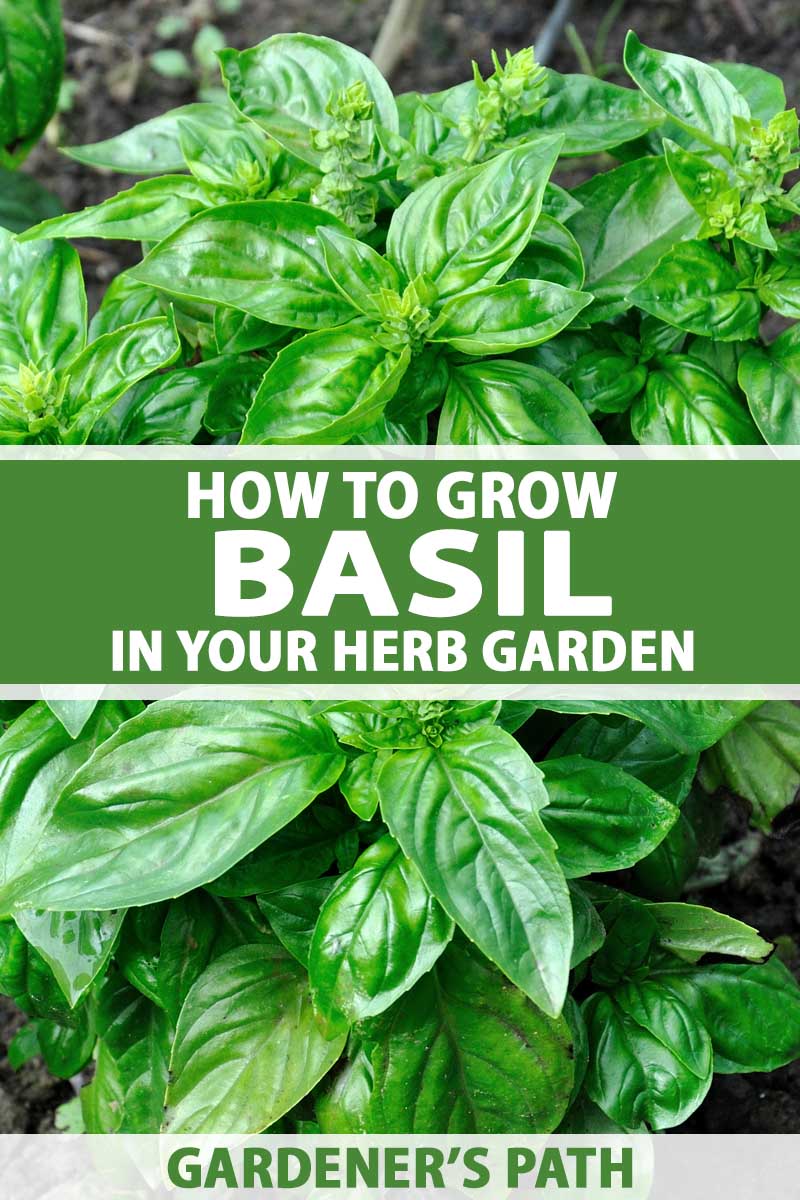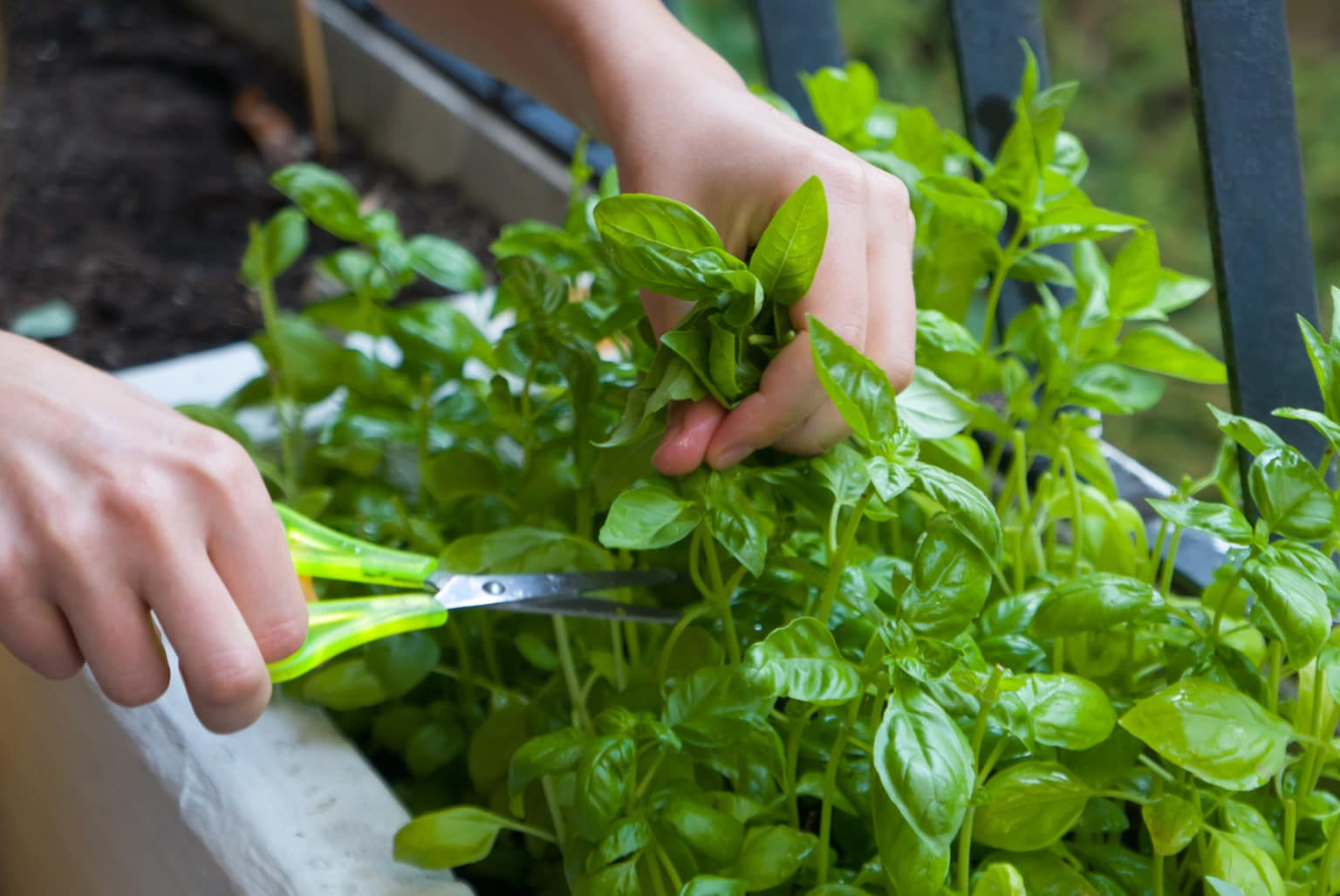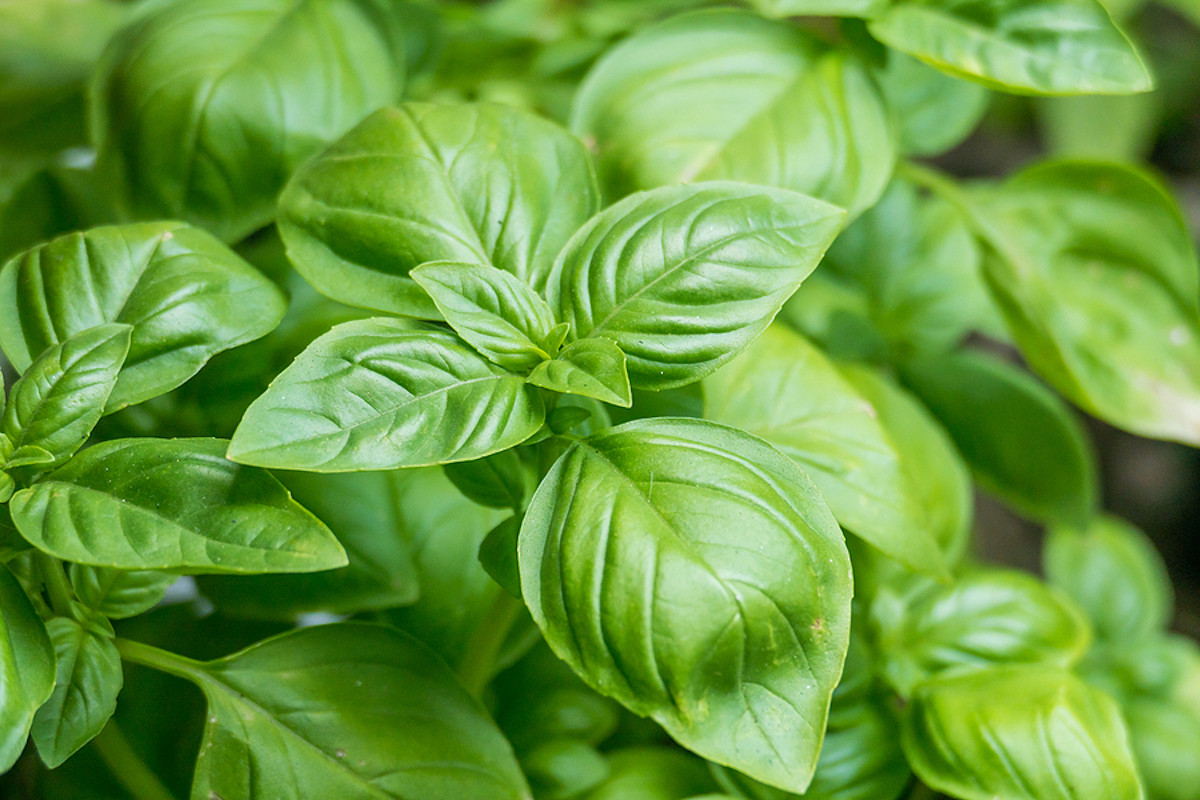Choosing the Right Basil Variety for Outdoor Growth
When it comes to growing basil outdoors, selecting the right variety is crucial for success. With numerous types of basil available, each with its unique characteristics, flavor profiles, and growth habits, it’s essential to choose a variety that thrives in your local climate and meets your desired flavor profile. Sweet basil, Genovese, and Thai basil are popular varieties that excel in outdoor growth. Sweet basil, the most commonly grown variety, is known for its sweet, slightly spicy flavor and tender leaves. Genovese, on the other hand, boasts a more intense flavor and aroma, making it ideal for pesto and other Italian dishes. Thai basil, with its distinctive anise flavor and purple flowers, adds a unique twist to Asian-inspired recipes. To select the best variety for your outdoor garden, consider factors such as temperature tolerance, humidity, and sunlight requirements. For instance, if you live in a hot and dry climate, a heat-tolerant variety like Thai basil may be a better choice. By choosing the right basil variety, you’ll be well on your way to growing a thriving and flavorful crop outdoors, and learning how to grow basil outdoors will become a rewarding experience.
Preparing the Perfect Soil for Basil
Before planting basil outdoors, it’s essential to prepare the soil to create an ideal environment for growth. Basil requires well-draining soil to prevent waterlogged roots, which can lead to root rot and other diseases. To achieve this, mix in organic matter such as compost or well-rotted manure to improve soil structure and drainage. Additionally, test the soil pH level, as basil prefers a slightly acidic to neutral soil pH, ranging from 6.0 to 7.0. If the soil pH is too high or too low, amend it with lime or sulfur accordingly.
Nutrient-rich compost is also crucial for basil growth. Compost provides essential nutrients such as nitrogen, phosphorus, and potassium, which promote healthy leaf growth and development. To create a nutrient-rich soil, mix 2-3 inches of compost into the top 6-8 inches of soil. This will provide a slow release of nutrients throughout the growing season, supporting healthy basil growth and maximizing yields when learning how to grow basil outdoors.
How to Plant Basil Outdoors for Maximum Success
When it comes to planting basil outdoors, proper technique is crucial for maximum success. To ensure a healthy and thriving crop, follow these step-by-step instructions. First, harden off seedlings by gradually exposing them to outdoor conditions over the course of 7-10 days. This will help prevent shock and stress when transplanting. Next, choose a location that receives full sun (at least 6 hours of direct sunlight) and has well-draining soil. Space plants 12-18 inches apart, depending on the variety, to allow for proper air circulation and growth.
When deciding between direct sowing and transplanting, consider the climate and weather conditions in your area. In regions with a long growing season, direct sowing can be a viable option. However, in areas with unpredictable weather or a short growing season, transplanting seedlings may be a better choice. This allows for a head start on the growing season and can increase yields. Regardless of the method chosen, make sure to water thoroughly after planting and keep the soil consistently moist during the first few weeks after planting. By following these guidelines, you’ll be well on your way to growing a healthy and flavorful crop of basil outdoors, and mastering how to grow basil outdoors will become a rewarding experience.
Watering and Mulching Strategies for Healthy Basil Growth
Consistent moisture is crucial for healthy basil growth, especially when learning how to grow basil outdoors. Aim to provide about 1-2 inches of water per week, either through rainfall or irrigation. It’s essential to water basil plants deeply but infrequently to encourage deep root growth and prevent shallow roots. Avoid getting water on the leaves to prevent fungal diseases, instead, water at the base of the plant. Mulching is another effective way to retain moisture, suppress weeds, and regulate soil temperature. Organic mulch options like straw, bark chips, or grass clippings work well for basil. Apply a 2-3 inch layer of mulch around the plants, keeping it a few inches away from the stem to prevent rot.
When choosing a mulch, consider the color and texture. Light-colored mulches like straw or bark chips can help reflect sunlight and keep the soil cooler, while dark-colored mulches like grass clippings can absorb heat and warm the soil. Additionally, organic mulches can add nutrients to the soil as they break down, providing a slow release of fertilizer for the basil plants. By implementing a consistent watering schedule and mulching strategy, you’ll be able to create an ideal environment for your basil plants to thrive, and mastering how to grow basil outdoors will become a rewarding experience.
Pest and Disease Management for Outdoor Basil
When learning how to grow basil outdoors, it’s essential to be aware of common pests and diseases that can affect the plants. Aphids, whiteflies, and spider mites are common pests that can weaken basil plants and spread disease. Regularly inspect plants for signs of infestation, such as curled or distorted leaves, and take action promptly. Organic pest control methods like neem oil, insecticidal soap, and horticultural oil can be effective in controlling pest populations.
Powdery mildew, leaf spot, and root rot are common diseases that can affect basil plants. These diseases are often caused by excess moisture, poor air circulation, and contaminated soil. To prevent disease, ensure good air circulation around plants, water at the base of the plant instead of getting water on the leaves, and remove any infected plants to prevent the spread of disease. Organic fungicides like copper-based products and bicarbonate-based products can be used to control fungal diseases.
Integrated pest management (IPM) strategies involve using a combination of techniques to prevent and control pests and diseases. This can include introducing beneficial insects, like ladybugs and lacewings, which prey on pests, as well as using physical barriers, like fine-mesh screens, to prevent pests from reaching plants. By implementing IPM strategies and being proactive in monitoring for pests and diseases, you can minimize the risk of damage to your basil plants and ensure a healthy and productive harvest, and mastering how to grow basil outdoors will become a rewarding experience.
Pruning and Training Techniques for Bushy Basil Plants
Pruning and training are essential techniques to master when learning how to grow basil outdoors. These techniques promote bushy growth, prevent legginess, and encourage the plant to focus its energy on producing more leaves. Pinching off flower buds is a crucial step in promoting bushy growth. Remove the top sets of leaves, just above a node, to encourage the plant to branch out. This will result in a fuller, more compact plant with more leaves.
Trimming back stems is another important technique to promote bushy growth. Cut back the stems to about half their height to encourage the plant to produce more lateral growth. This will result in a more compact, bushy plant with a higher yield of leaves. Providing support for tall varieties is also essential to prevent them from toppling over in the wind. Use tomato cages, trellises, or stakes to provide support and keep the plant upright.
Regular pruning and training will also encourage the plant to produce more roots, which will result in a healthier, more robust plant. By pruning and training your basil plants regularly, you’ll be able to enjoy a bountiful harvest of fresh, flavorful leaves all season long, and mastering how to grow basil outdoors will become a rewarding experience. Remember to prune and train your basil plants regularly to promote bushy growth and prevent legginess, and you’ll be enjoying fresh, flavorful basil in no time.
Fertilizing and Nutrient Management for Outdoor Basil
Fertilizing is a crucial step in how to grow basil outdoors, as it provides the necessary nutrients for healthy growth and development. Basil plants require a balanced diet of nitrogen, phosphorus, and potassium to thrive. A fertilizer with a balanced N-P-K ratio, such as 10-10-10, is ideal for basil plants. Apply the fertilizer according to the manufacturer’s instructions, taking care not to over-fertilize, which can damage the plant.
Soil testing is an essential step in determining the nutrient levels in your soil. Test your soil regularly to determine its pH level and nutrient content. Based on the test results, amend the soil with organic matter like compost or well-rotted manure to adjust the pH level and nutrient content. This will create an ideal environment for basil growth and ensure a healthy harvest.
Monitoring soil nutrient levels is also crucial to adjust fertilization schedules accordingly. Regularly check the soil for signs of nutrient deficiency, such as yellowing leaves or stunted growth. Adjust the fertilization schedule based on the soil test results and the plant’s response to fertilization. By providing the right nutrients at the right time, you’ll be able to enjoy a bountiful harvest of fresh, flavorful basil, and mastering how to grow basil outdoors will become a rewarding experience.
Harvesting and Preserving Fresh Basil for Year-Round Enjoyment
Harvesting fresh basil leaves at the right time is crucial to enjoy the best flavor and aroma. To harvest basil, identify ready-to-pick leaves by looking for bright green color and a slightly tender texture. Pinch or cut off the leaves just above a node, making sure not to damage the stem or the plant. Regular harvesting will encourage the plant to produce more leaves and prevent it from flowering.
Preserving fresh basil is essential to enjoy its flavor and aroma throughout the year. One popular method is freezing, where fresh basil leaves are blanched in boiling water, then frozen in airtight containers or ice cube trays. Another method is drying, where fresh basil leaves are tied in small bunches and hung upside down in a warm, dry place. Dried basil can be stored in airtight containers for up to six months.
Making pesto is another popular method of preserving fresh basil. Simply blend fresh basil leaves, garlic, pine nuts, Parmesan cheese, and olive oil in a food processor until smooth. Pesto can be stored in airtight containers in the refrigerator for up to one week or frozen for up to six months. By mastering how to grow basil outdoors and preserving fresh basil, you’ll be able to enjoy its flavor and aroma throughout the year.







